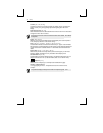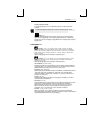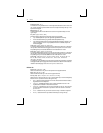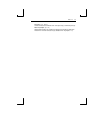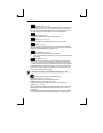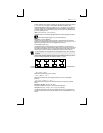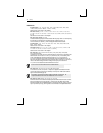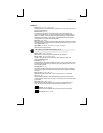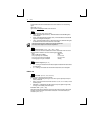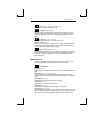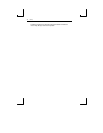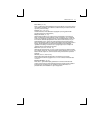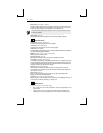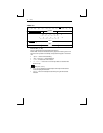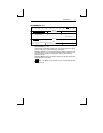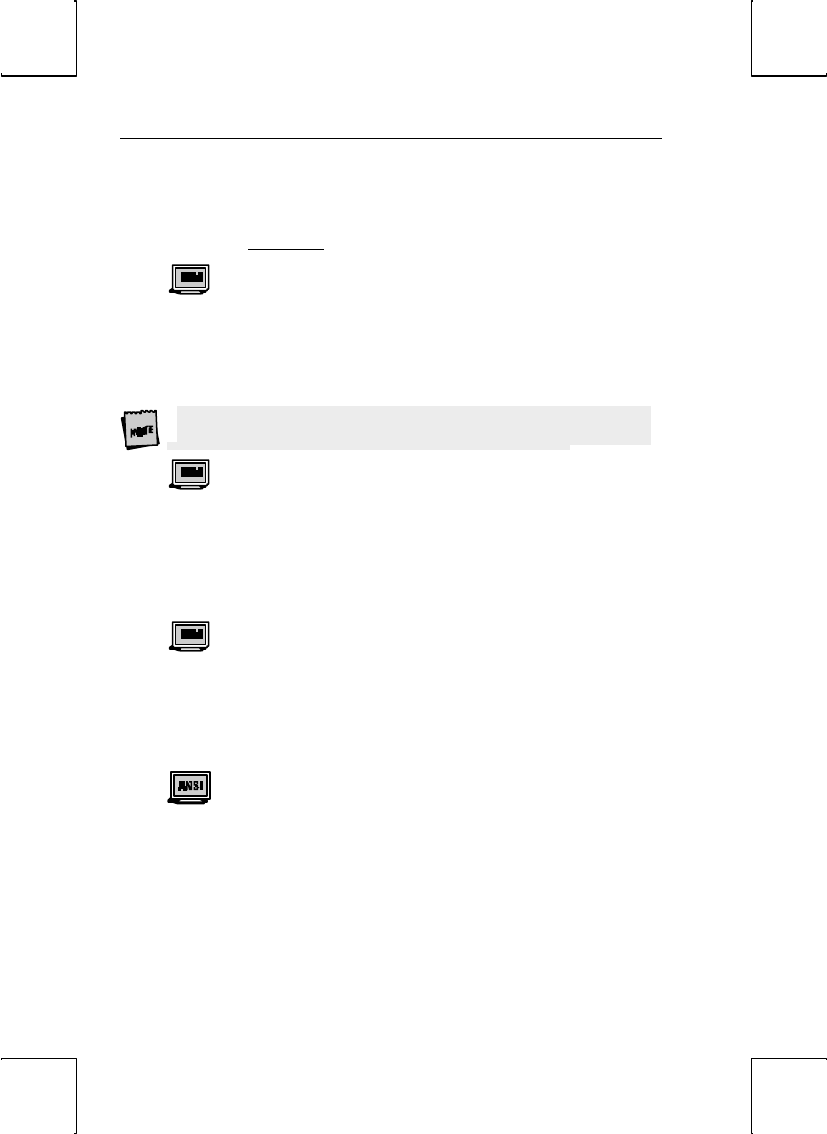
44 Setup
Choose whether the terminal sends data from the entire screen or from the scrolling
region.
Ignore CTS: [Off, On]
Ignore CTS is not displayed in IBM 3151 emulations
Line Control: [CRTS, PRTS, IPRTS]
§ PRTS* (permanent request to send) – PRTS handles the CTS and DSR signal as
modem signals.
§ IPRTS* (induced permanent request to send) – IPRTS handles the CTS and DSR
signals as if the signals are always on.
§ CRTS* (controlled request to send) – CRTS looks at the CTS, DSR and CD signals
to determine when the terminal can send or receive data.
* PRTS and IPRTS require full duplex communication capabilities.
CRTS requires half duplex communication capabilities.
Turnaround Char: [<ETX>, <CR>, <EOT>, <DC3>]
The line turnaround character is attached to the end of a data stream when one of the
read commands is received or one of the following keys is pressed:
Send Send Line
Reset (if reset attn is enabled) Clear
Print (if print key attn is enabled) F1 thru F36
Print line (if print key attn is enabled) PA1 thru PA3
Print Msg (if print key attn is enabled Sn Msg
Send Null Suppress: [Off, On]
§ Off – Trailing null characters are converted to space characters when data is sent to
the host system.
§ On – Trailing null characters are removed when data is sent to the host system.
PRINT: F8
Print Mode: [Normal, Auto, Controller]
Select the way in which printing is controlled.
§ Normal – indicates that printing is to occur when a print request (such as print
screen) is received.
§ Auto – prints a line when the terminal receives a LF, a FF, or a VT code, or when
autowrap occurs.
§ Controller – indicates that host data is sent to the printer (pass through mode).
Printing is controlled by the host computer.
Print Block Term: [<ETX>, <CR>]
Select the character which indicates to the printer that the block of data to be printed
has ended. The options above are for ASCII emulations. In ANSI emulations, the
choices are [None, <FF>].



